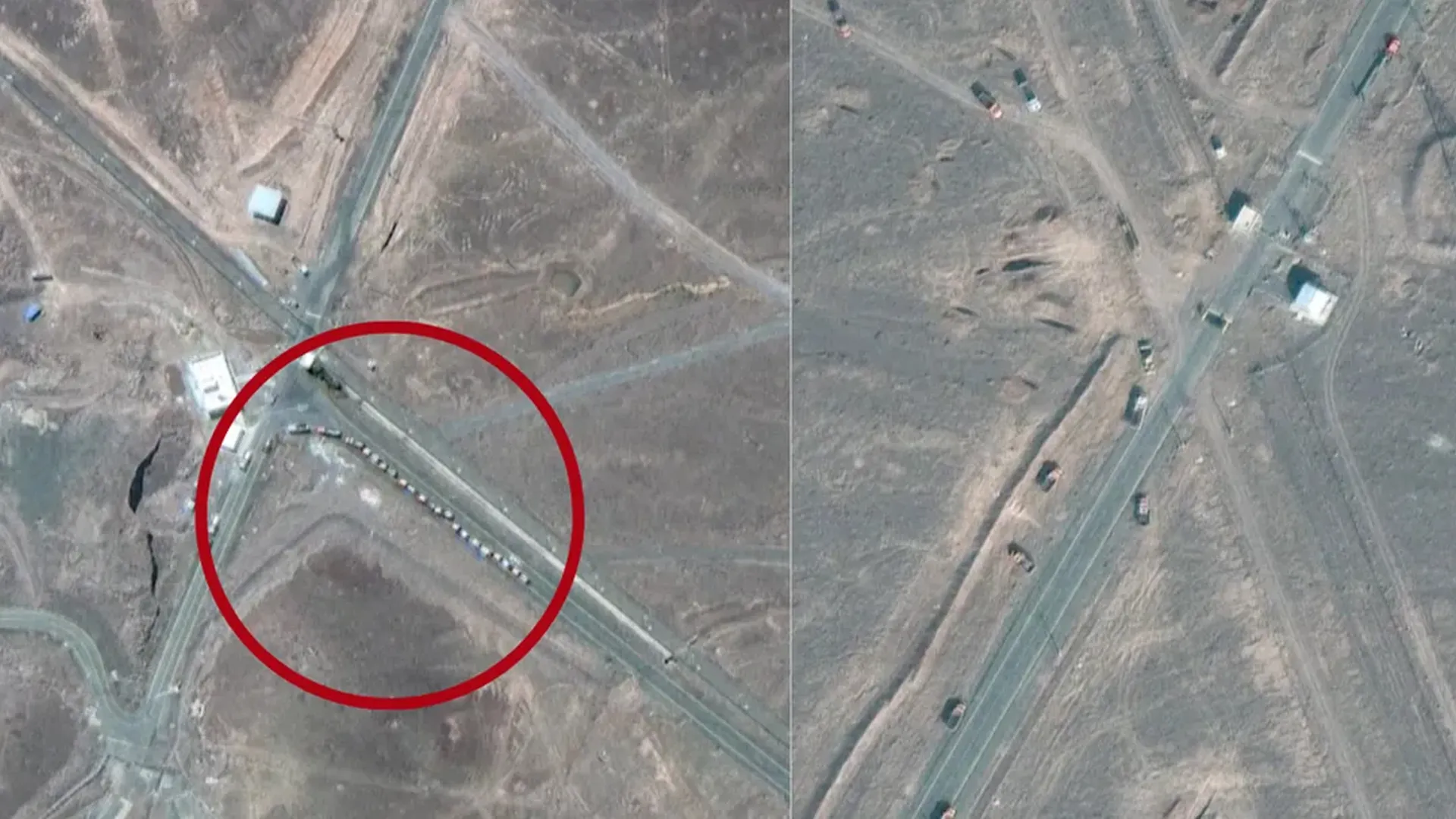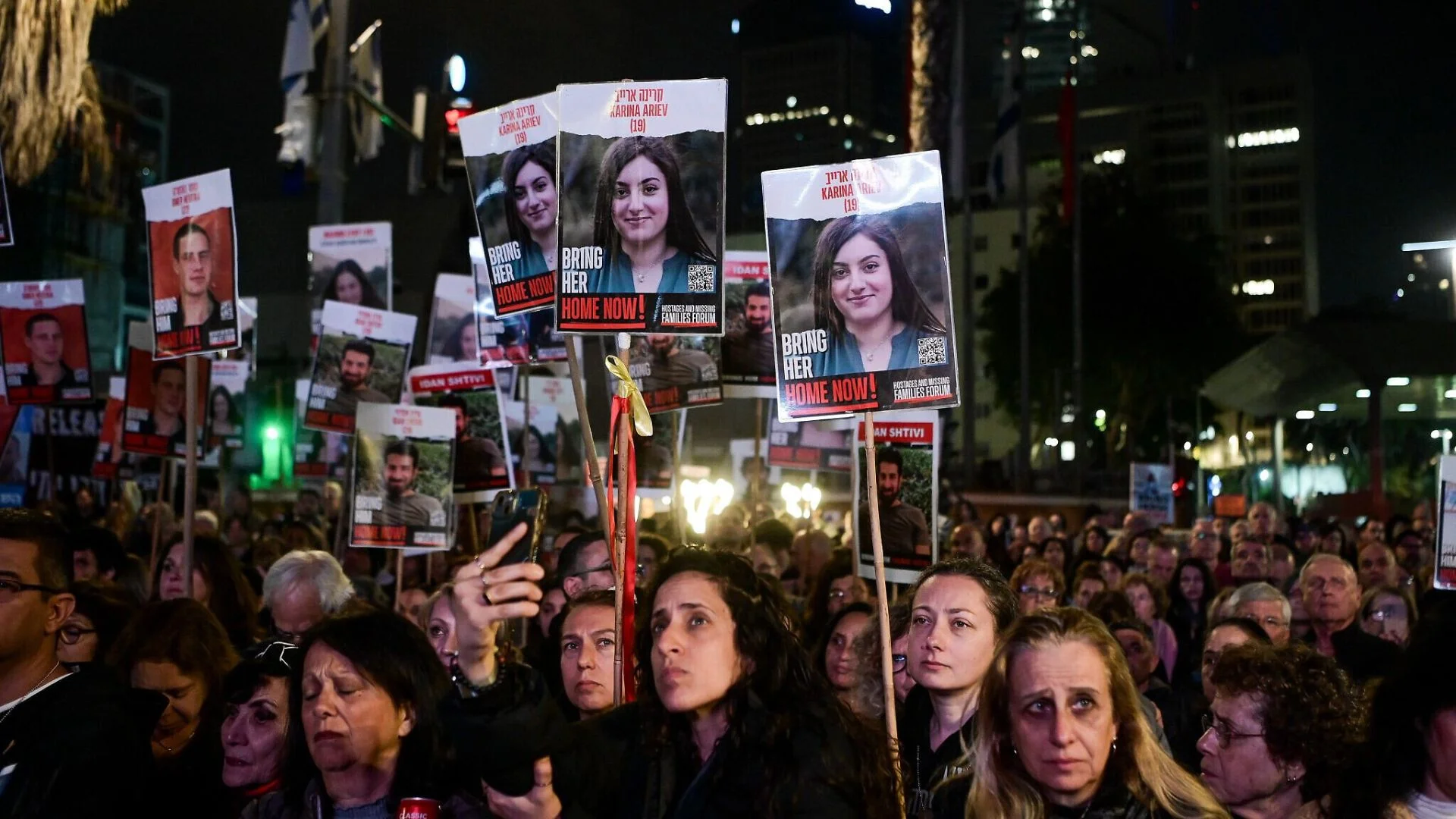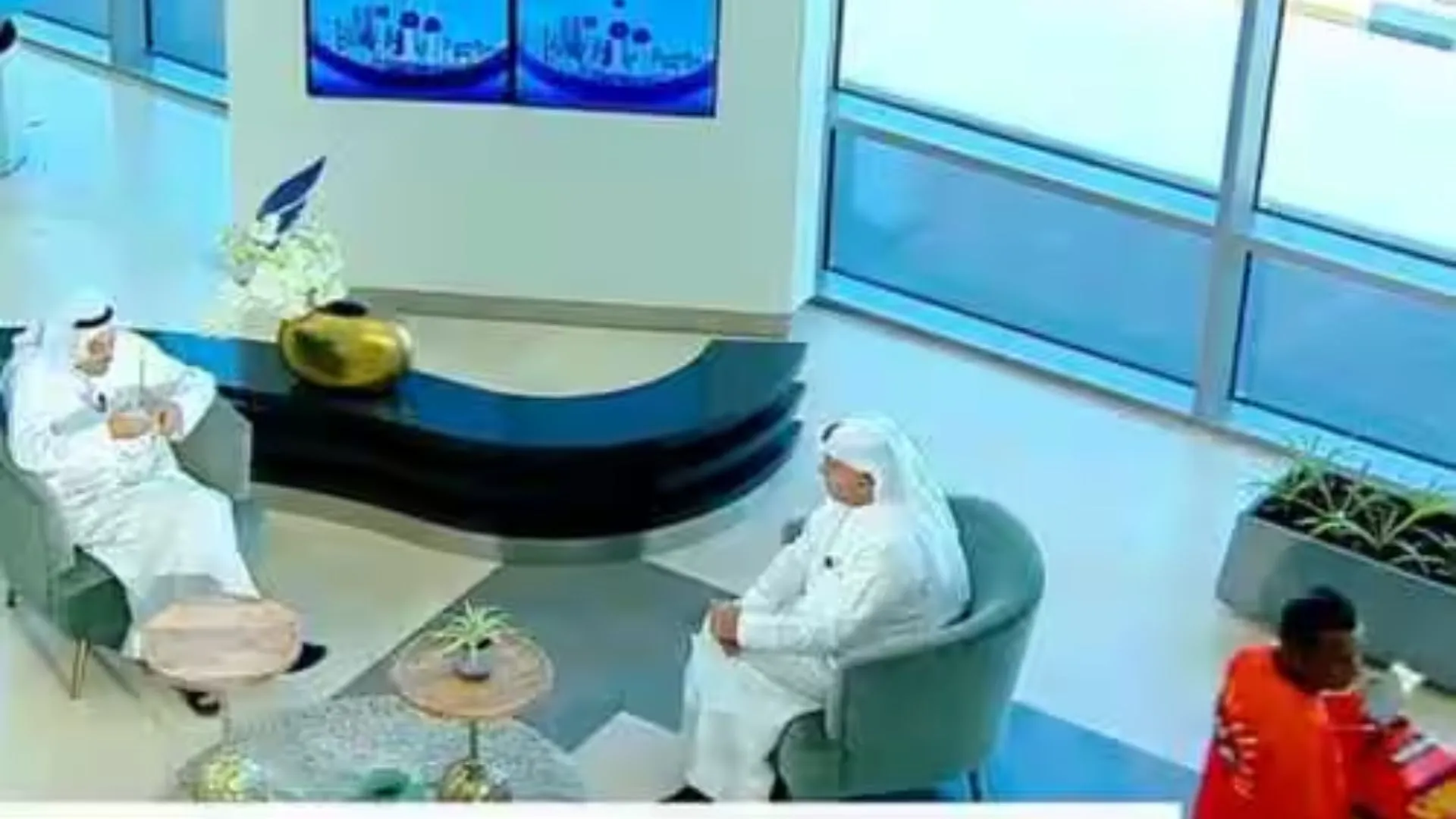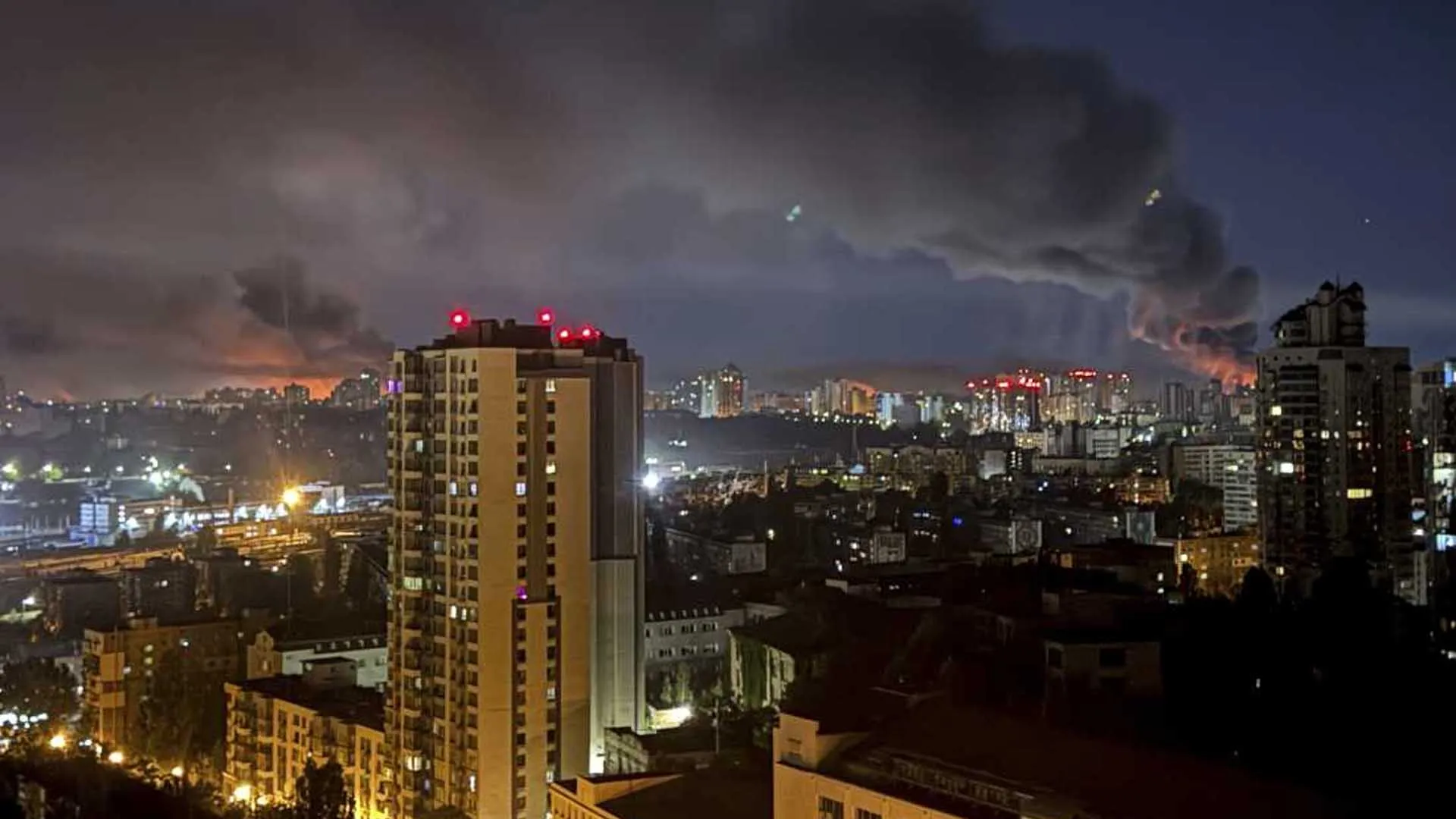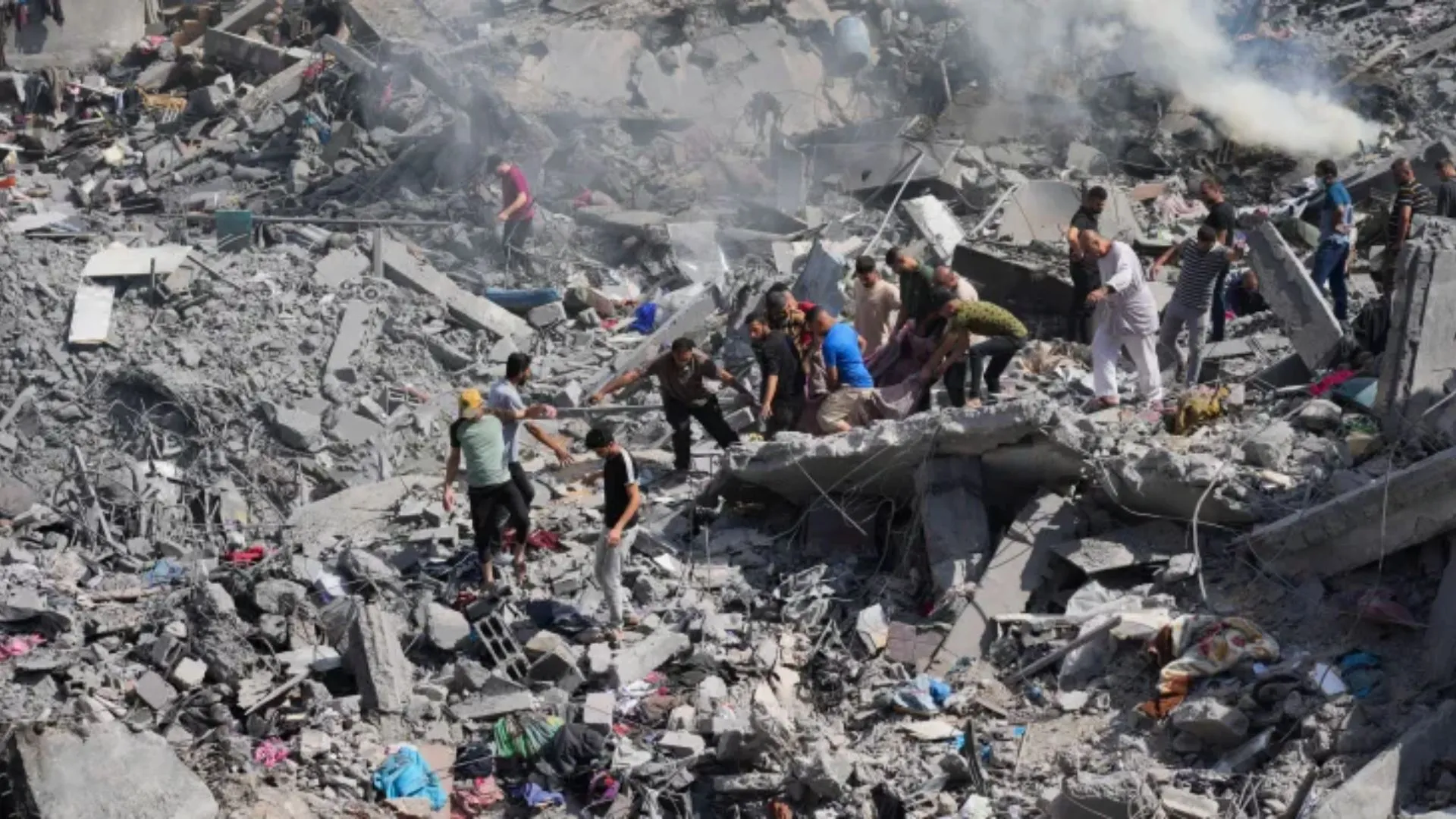The United States conducted Operation Midnight Hammer against Iran’s most important nuclear sites at Fordo, Natanz, and Isfahan. President Donald Trump characterized the airstrikes as causing “monumental damage” to Iran’s nuclear program. Newly released satellite images and expert assessments indicate Iran might have known the attacks were coming and shifted sensitive nuclear components beforehand.
Imagery Shows Suspicious Activity Before Strikes
US military officials reported that they were still determining the true scope of damage wrought by the operation. Satellite imagery examined by a number of analysts, however, suggests that Iran most likely conducted swift logistical maneuvers before the attacks.
Photos taken by Maxar Technologies, shared on X (formerly Twitter) and reported by Associated Press (AP), indicated several trucks assembling at the entrance of the Fordo nuclear facility before the strike. Experts also termed this a probable “logistics shuffle,” meaning Iran might have moved critical materials.
This seems important. Before the U.S strikes on Esfahan, Natanz and Fordow, @Maxar satellite images showed a possible increase in logistics at Fordow – 16 trucks gathered on 19- 20 June with heavy machinery near the entrance to the main facility. pic.twitter.com/dakj6aFbVS
— John Pollock (@John_Pollock22) June 22, 2025
Additional scrutiny by the Washington-based Institute for Science and International Security mentioned increased activity at Iran’s Isfahan site. Satellite photos captured by Airbus on the Friday preceding the attack seem to depict trucks dumping soil into tunnels, hypothesized by the group to indicate Iran’s efforts to fill in or cover up tunnel entrances.
Tunnel Entrances Collapsed in Iran, But Questions Remain
The Institute said that the US strike was probably aimed at tunnel entrances. “A minimum of three of the four tunnel entrances have collapsed. The status of the fourth one is unknown,” the report quoted. The group further indicated that Iran had possibly filled up tunnels at Fordo in advance of the strike, making it even more difficult to measure the damage done.
The same group concluded that the US cruise missile attack at Isfahan probably destroyed Iran’s uranium conversion plant, which processes natural uranium into uranium hexafluoride, a central material employed in nuclear enrichment.
Trump’s Daring Assertions and Regime Change Rhetoric
President Trump trumpeted the success of the attack on his site, Truth Social, declaring, “The biggest damage took place far below ground level. Bullseye!!!”
He also began to discuss regime change in Tehran, stating, “It’s not politically correct to use the term, ‘Regime Change,’ but if the current Iranian Regime is unable to MAKE IRAN GREAT AGAIN, why wouldn’t there be a Regime change??? MIGA!!!”
Iran Responds with Threats of Retaliation
Iran, in turn, blamed the United States for undermining diplomacy. Iran’s military said it would decide the “timing, nature, and scale” of its proportional response.
In his initial reaction to the attacks, Supreme Leader Ayatollah Ali Khamenei targeted Israel, but not the United States by name, “The punishment continues. The Zionist enemy has made a grave mistake, committed a major crime, and it must be punished — and it is being punished.
As tensions in the region rise, the world eagerly waits to observe how Iran reacts and if the real effect of Operation Midnight Hammer will live up to bold Washington claims.

